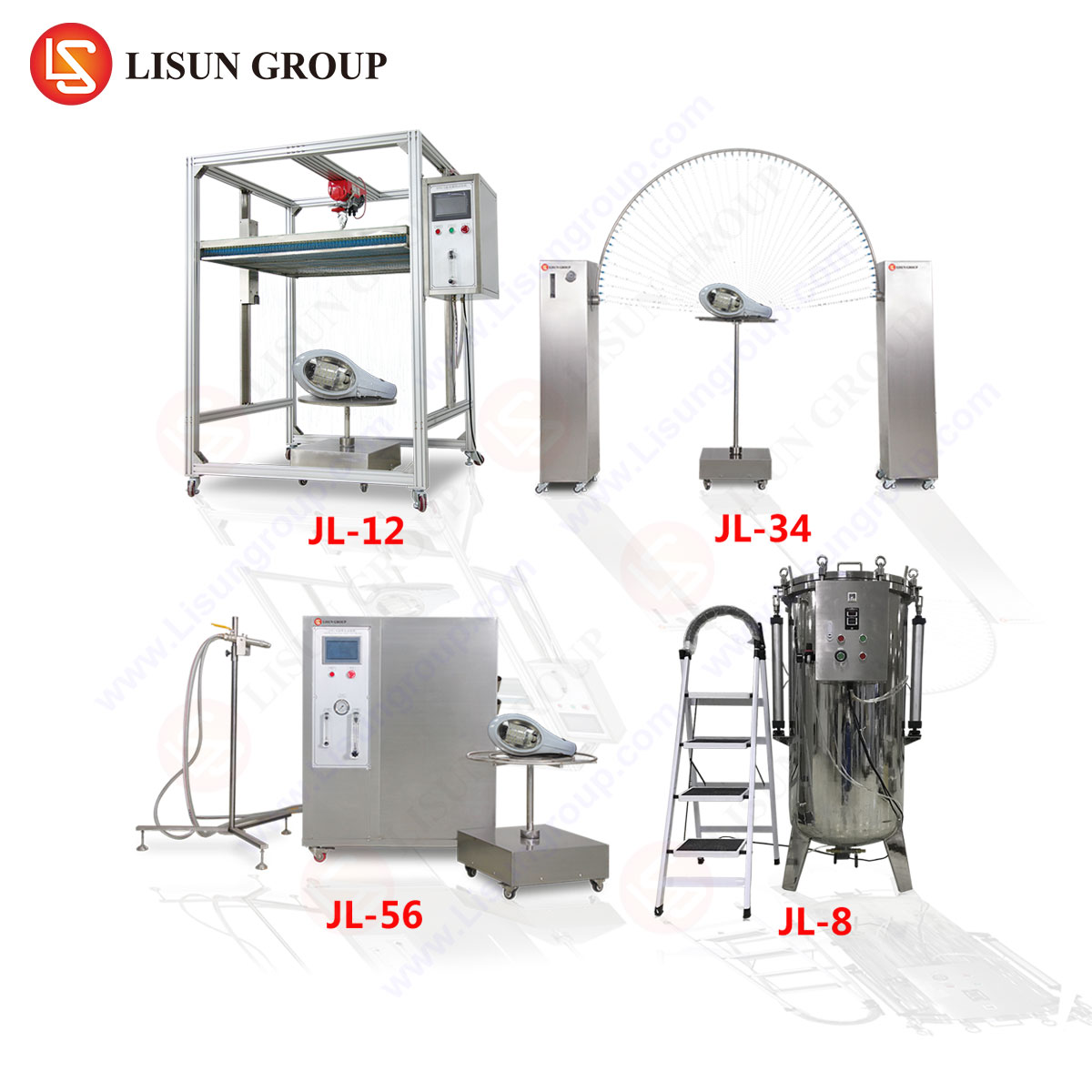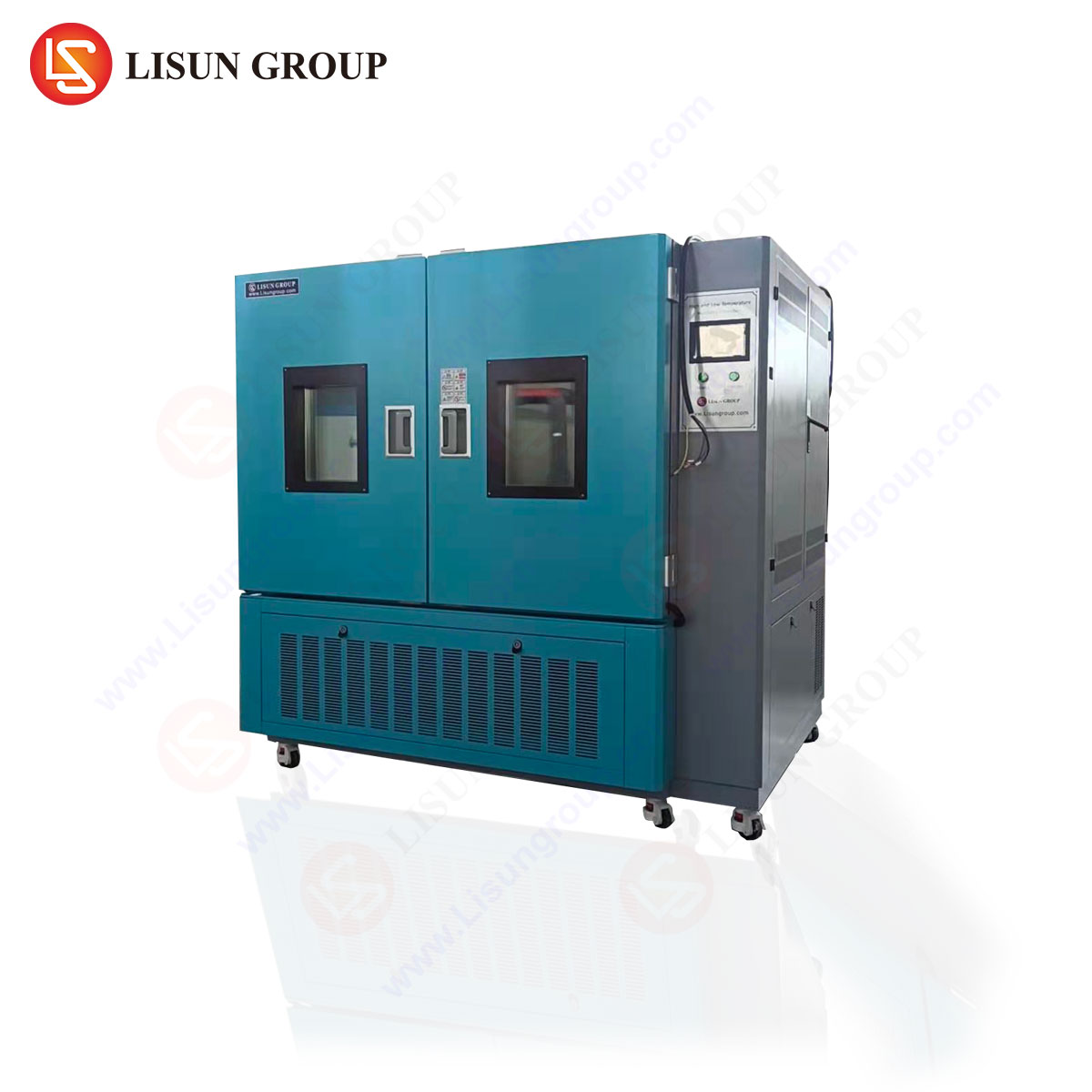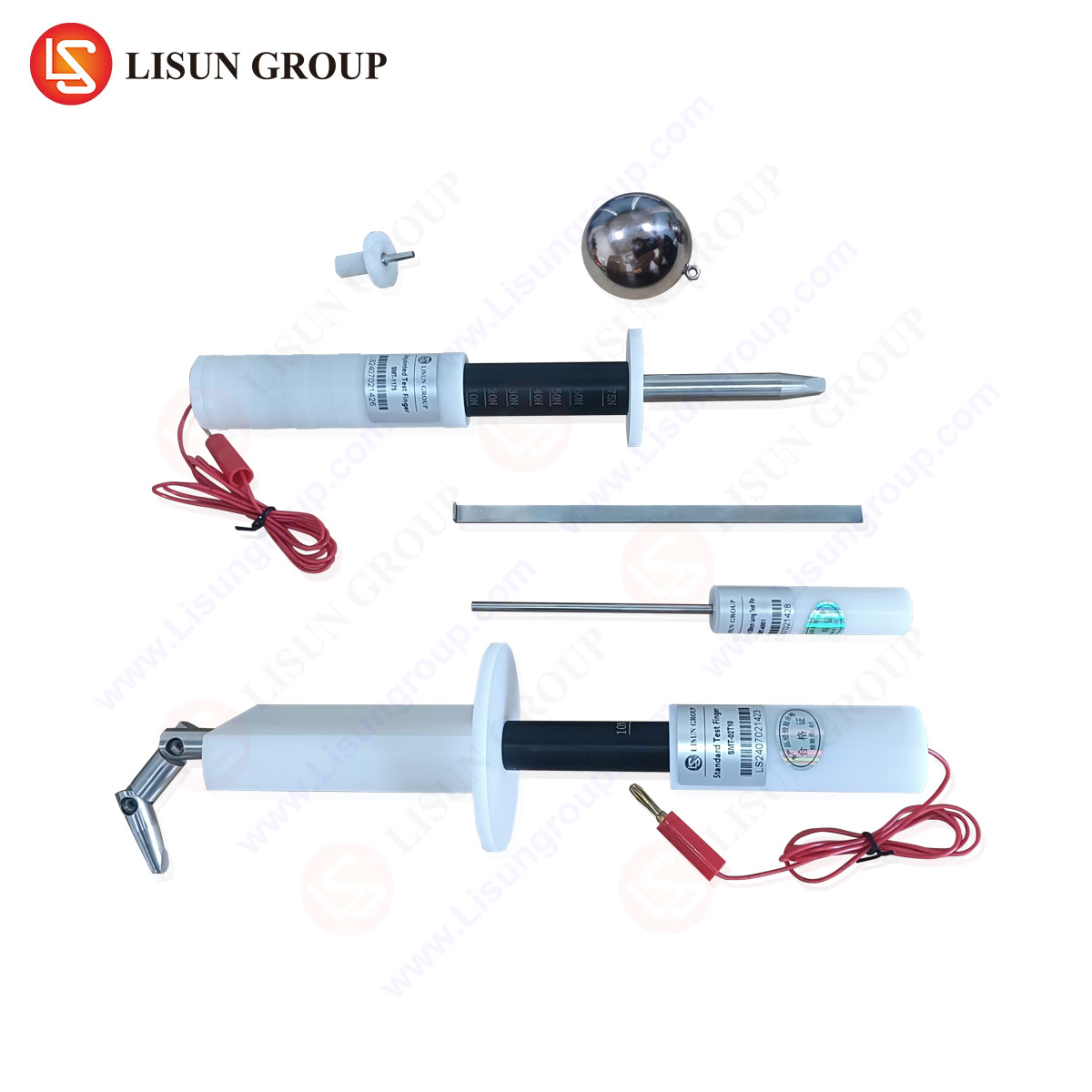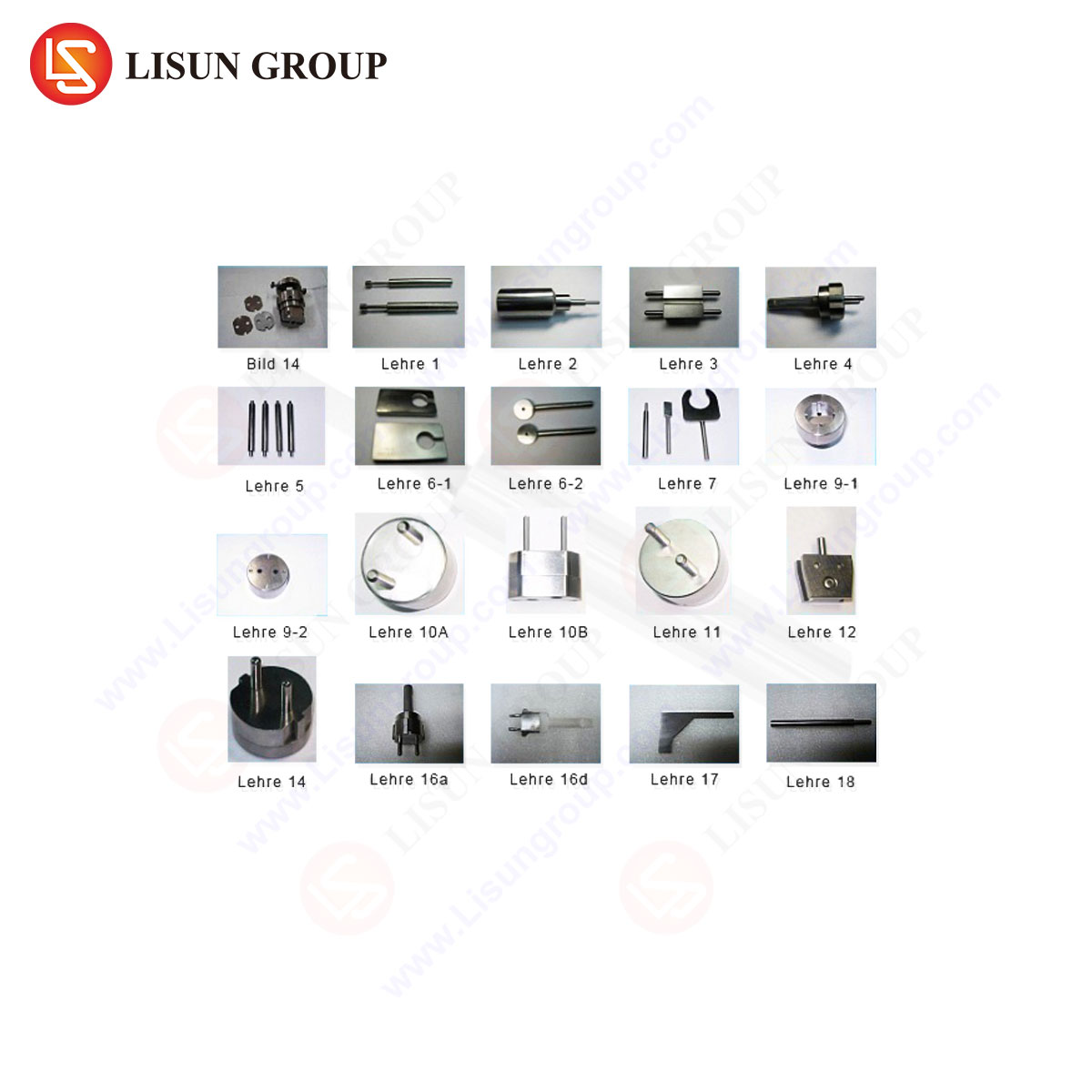Comprehensive Analysis of Ozone Test Chamber Pricing and Technical Specifications
The accelerated aging of materials through controlled environmental simulation represents a cornerstone of modern product validation. Among the various environmental stressors, ozone (O₃) concentration is a critical, yet often underestimated, factor in the degradation of polymeric materials and the failure of electronic systems. Ozone test chambers are specialized instruments designed to replicate and accelerate these damaging atmospheric conditions within a laboratory setting, enabling manufacturers to predict product lifespan, verify material compatibility, and ensure compliance with international standards. The procurement of such a chamber, however, necessitates a nuanced understanding of the factors influencing its cost. This guide provides a detailed, objective analysis of ozone test chamber pricing, delineating the technical parameters, construction complexities, and performance capabilities that define investment tiers. A specific examination of the LISUN HLST-500D Thermal Shock Test Chamber, a unit with advanced ozone testing capabilities, will serve as a focal point for illustrating the confluence of performance and value in high-tier equipment.
Fundamental Operating Principles of Ozone Degradation Testing
Ozone testing operates on the principle of exposing test specimens to a continuously controlled, elevated concentration of ozone at a specified temperature for a predetermined duration. The primary objective is to induce and observe cracking, crazing, or other forms of surface degradation in vulcanized rubbers, thermoplastic elastomers, coatings, and other polymeric materials much more rapidly than would occur under natural atmospheric conditions. The test chamber must maintain a precise and homogeneous ozone concentration, typically measured in parts per hundred million (pphm) or parts per billion (ppb), as even minor fluctuations can invalidate results. Temperature control is equally critical, as the rate of ozone attack is highly temperature-dependent; most standards stipulate a test temperature of 40°C ± 2°C. The chamber must be constructed of ozone-resistant materials, such as stainless steel, to prevent the self-degradation of the apparatus and to ensure the stability of the internal environment. The ozone is typically generated from supplied oxygen or dry air via an ultraviolet lamp or a silent electrical discharge (corona discharge) generator, with the latter being more common for higher concentration requirements. The entire process is governed by stringent international standards, including ASTM D1149, ISO 1431-1, and JIS K 6259, which define the methodologies for assessing resistance to ozone cracking under static or dynamic strain.
Primary Determinants of Ozone Test Chamber Acquisition Cost
The price of an ozone test chamber is not a single figure but a variable dictated by a matrix of interdependent technical and constructional factors. Understanding these variables is essential for aligning capital expenditure with actual testing requirements.
Chamber Volume and Internal Dimensions: The physical size of the test workspace is a primary cost driver. Benchtop units with volumes under 50 liters cater to small components like electrical connectors or miniature seals and represent the entry-level price point. Standard free-standing chambers, ranging from 150 to 500 liters, accommodate larger assemblies such as automotive wiring harnesses, industrial control modules, or household appliance housings. Large walk-in or drive-in chambers are engineered for entire products like telecommunications racks or automotive interior assemblies, requiring significant infrastructure, sophisticated air-handling systems, and consequently, a premium investment.
Ozone Concentration Range and Control Precision: The required operational range directly impacts the complexity and cost of the ozone generation and monitoring system. A basic chamber might offer a range of 0 to 500 pphm, sufficient for many standard applications. High-performance chambers, necessary for testing aerospace components or specialized seals that may encounter unique environments, can extend this range to 1000 pphm or beyond. More critically, the precision of control and uniformity throughout the workspace is paramount. A system capable of maintaining ±5% of the setpoint value with a uniformity of ±10% requires advanced gas sensing technology (e.g., UV absorption sensors), a complex network of circulation fans, and baffles, all contributing to a higher manufacturing cost than a system with ±20% tolerance.
Temperature Control Performance: While often considered a secondary parameter, the accuracy, range, and rate of temperature change are significant cost factors. A standard chamber may control temperature from ambient +10°C to 70°C with a stability of ±0.5°C. A unit requiring a broader range (e.g., -10°C to 100°C) or tighter stability (±0.1°C) necessitates a more powerful and sophisticated refrigeration system, advanced insulation, and high-precision PID controllers.
Construction Materials and Sealing: The aggressive nature of ozone mandates the use of inert construction materials. Austenitic stainless steel (e.g., SUS 304) is the standard for interiors and critical ductwork. The quality of welding, the effectiveness of door seals, and the incorporation of airlocks for sample introduction without significant gas loss are all hallmarks of a well-built chamber. Superior sealing directly correlates with reduced ozone consumption, improved stability, and lower operational costs, but increases the initial purchase price.
Control System and Data Acquisition Sophistication: The user interface represents a significant portion of the value proposition. Basic systems may feature simple programmable logic controllers (PLCs) and monochrome displays. Advanced systems incorporate full-color touchscreen HMIs, allowing for complex multi-stage programming, real-time graphing of ozone concentration and temperature, and extensive data logging capabilities with USB or Ethernet export for traceability and compliance reporting. Remote monitoring and control features also add to the cost.
Regulatory Compliance and Certification: Chambers destined for validated industries like medical devices or automotive manufacturing often require formal certification. This may include a factory acceptance test (FAT), site acceptance test (SAT), or compliance with specific standards like ISO 17025. The documentation, third-party verification, and additional calibration processes add non-material value and cost to the unit.
The LISUN HLST-500D: A Case Study in Integrated Environmental Stress Testing
While pure ozone chambers are dedicated systems, the market trend is increasingly towards multi-stress chambers that combine environmental factors for more accurate and accelerated aging studies. The LISUN HLST-500D Thermal Shock Test Chamber exemplifies this advanced category. Although its primary function is thermal shock testing (-65°C to +150°C), its robust construction and precise environmental control make it an ideal platform for modified ozone testing protocols, particularly for electronic assemblies where thermal cycling and atmospheric corrosion are concurrent failure mechanisms.
The HLST-500D operates on a three-zone principle (high temperature, low temperature, and ambient transition zone) with a basket transfer system that moves samples between zones in less than 10 seconds. This rapid transition induces severe mechanical stress in materials and solder joints. When integrated with an optional ozone generation and injection system, the chamber can simulate environments where devices are subjected to both extreme thermal cycling and corrosive atmospheric gases. This is exceptionally relevant for automotive electronics under the hood, aerospace avionics experiencing rapid altitude and temperature changes, and outdoor telecommunications equipment.
Its technical specifications underscore its position in the high-tier market segment. The temperature range is -65°C to +150°C, with a recovery time of less than 5 minutes. The interior is constructed of SUS 304 stainless steel, ensuring compatibility with ozone. The control system features a 7-inch full-color touchscreen HMI, programmable for 999 segments of control, with built-in Ethernet and USB data recording. For a manufacturer validating the longevity of an engine control unit (ECU), a flight control module, or a 5G base station power amplifier, the HLST-500D offers a consolidated testing solution. The investment, while substantial, is justified by its ability to conduce multiple failure modes in a single, automated test cycle, thereby reducing overall validation time and laboratory footprint compared to maintaining separate dedicated chambers for thermal and ozone testing.
Industry-Specific Applications and Testing Imperatives
The application of ozone testing varies significantly across sectors, directly influencing the required chamber specifications and budget allocation.
Automotive Electronics and Components: Under-hood components, wiring insulation, and sealing systems are exposed to ozone generated by electrical arcing and combustion processes. Testing to SAE J Jama 609 is common. Chambers for this sector require sufficient volume for wiring harnesses and dynamic tensile fixtures to simulate bending stresses.
Electrical and Electronic Equipment, Industrial Control Systems: Connectors, cable jackets, and insulating materials must resist ozone degradation to prevent short circuits and failures. Standards like UL 2556 may apply. Test volumes must accommodate large spools of cable or assembled control panels.
Lighting Fixtures and Outdoor Telecommunications Equipment: External seals and polymeric diffusers for outdoor LED lighting or weatherproofing gaskets for antennas are critical. These tests often require combination chambers that can also control humidity per standards like IEC 60068-2-78.
Medical Devices and Aerospace Components: This sector demands the highest level of precision, calibration, and documentation traceability. Chambers must often be validated per GAMP guidelines and feature extensive data logging to meet FDA or EASA regulations. The materials tested, such as specialty seals for implantable devices or aircraft cabin seals, may require very high ozone concentrations.
Financial Considerations Beyond the Initial Purchase Price
A comprehensive price evaluation must extend beyond the capital expenditure (CAPEX) to consider the total cost of ownership (TCO). Operational costs include the continuous supply of ultra-dry, oil-free compressed air or oxygen for ozone generation, which requires a dedicated air preparation system. Electrical consumption, particularly for chambers with extreme temperature capabilities, can be substantial. Maintenance contracts for the UV lamp or corona discharge generator, sensors, and refrigeration compressors represent recurring annual costs. Furthermore, the cost of calibration gases and periodic sensor recalibration by a certified technician is a necessary operational expense. A chamber with a higher initial price but constructed with more efficient systems, longer-lasting components, and superior sealing may offer a significantly lower TCO over a five-to-ten-year lifespan.
Conclusion: Aligning Technical Requirements with Fiscal Reality
The procurement of an ozone test chamber is a strategic decision that balances precise technical requirements against fiscal constraints. A clear understanding of the necessary test standards, sample sizes, required concentration ranges, and data integrity needs is the first step. From there, the pricing spectrum becomes logical: basic benchtop units for simple material screening, robust free-standing chambers for general compliance testing, and highly advanced, multi-stress integrated systems like the LISUN HLST-500D for cutting-edge reliability engineering in critical industries. The most cost-effective investment is one that not only meets the current testing protocol but also possesses the scalability and robustness to adapt to future product lines and evolving international standards, thereby protecting the value of the asset for years to come.
Frequently Asked Questions (FAQ)
Q1: Can a standard thermal shock chamber, like the HLST-500D, be used for pure ozone testing?
A1: Not without significant modification. While its construction is compatible, a dedicated ozone test chamber requires a precisely calibrated ozone generator, a UV absorption or equivalent sensor for closed-loop control, and specialized gas circulation and scrubbing systems to maintain a stable, homogeneous concentration. The HLST-500D can be optionally equipped with these subsystems to perform combined thermal and ozone stress testing.
Q2: What is the typical lead time for the delivery and installation of a high-specification ozone test chamber?
A2: For standard configurations, lead times can range from 8 to 12 weeks from the date of order confirmation. For custom-engineered chambers, large walk-in models, or units requiring specific certifications, the lead time can extend to 20 weeks or more. This timeframe includes manufacturing, factory acceptance testing, crating, shipping, and professional installation and commissioning on-site.
Q3: How often do the ozone generator and concentration sensor require maintenance or replacement?
A3: The maintenance interval depends on usage and the type of generator. UV lamps used in some generators may require replacement every 6,000 to 8,000 hours of operation. Corona discharge generators have longer lifespans but may require cleaning. High-precision ozone sensors typically require annual recalibration using a traceable standard gas to ensure measurement accuracy, as per quality standards like ISO/IEC 17025.
Q4: What safety provisions are necessary in the laboratory for an ozone test chamber?
A4: Ozone is a toxic gas. Chambers must be equipped with an automatic ozone destruct unit that catalytically decomposes excess ozone before it is vented from the chamber. Laboratory rooms should have adequate ventilation. It is also prudent to install an ambient ozone monitor in the lab to alert personnel to any potential leaks. Safety training for all operators on the handling of ozone and emergency procedures is mandatory.
Q5: For testing a new silicone rubber formulation, which standard should be referenced?
A5: ASTM D1149, “Standard Test Methods for Rubber Deterioration – Cracking in an Ozone Controlled Environment,” is the most widely referenced standard for this application. It provides detailed procedures for testing specimens under static strain (Method A) or dynamic strain (Method B), and specifies the ozone concentrations, temperatures, and inspection intervals.







